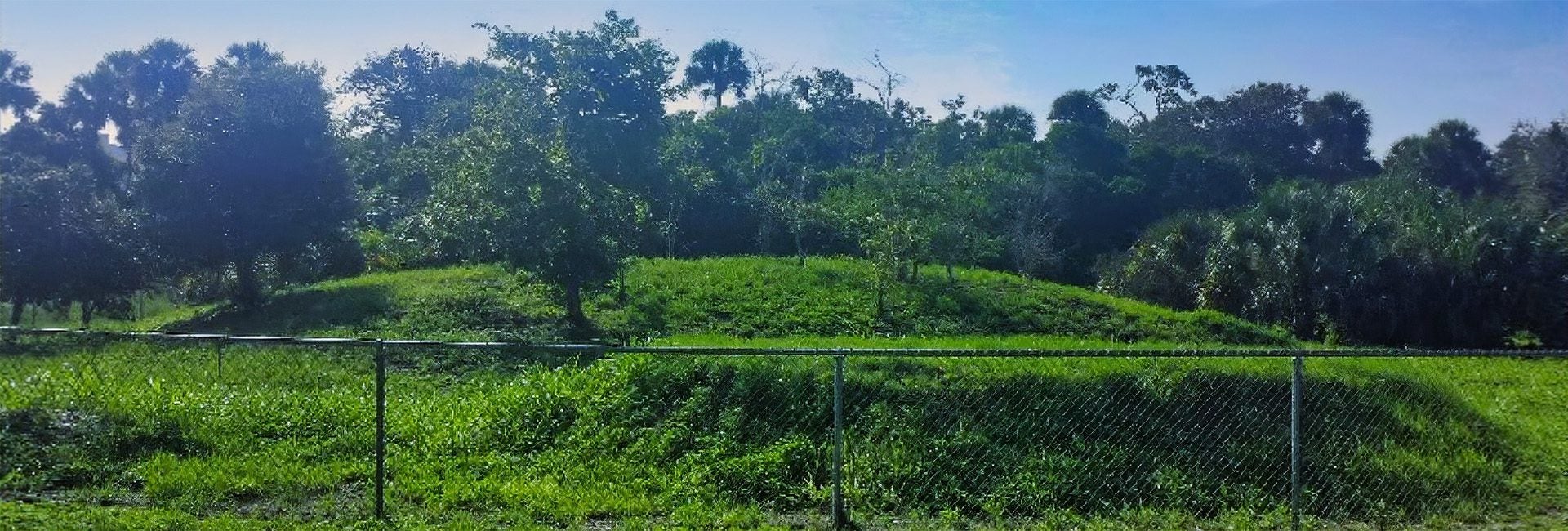Cape Canaveral Space Force Station, home of Space Launch Delta 45, contains a rich historical and prehistorical past. Best known is the Cape’s association with the Air Force, NASA, and the space industry, including Project Mercury, the first crewed mission to Space for NASA in 1961 and the Gemini flights beginning in 1965. Cape Canaveral contains five historic launch complexes that are listed in the National Register of Historic Places as the Man in Space National Historic Landmark District, including Mercury, Jupiter, Redstone, Gemini, and Apollo programs.
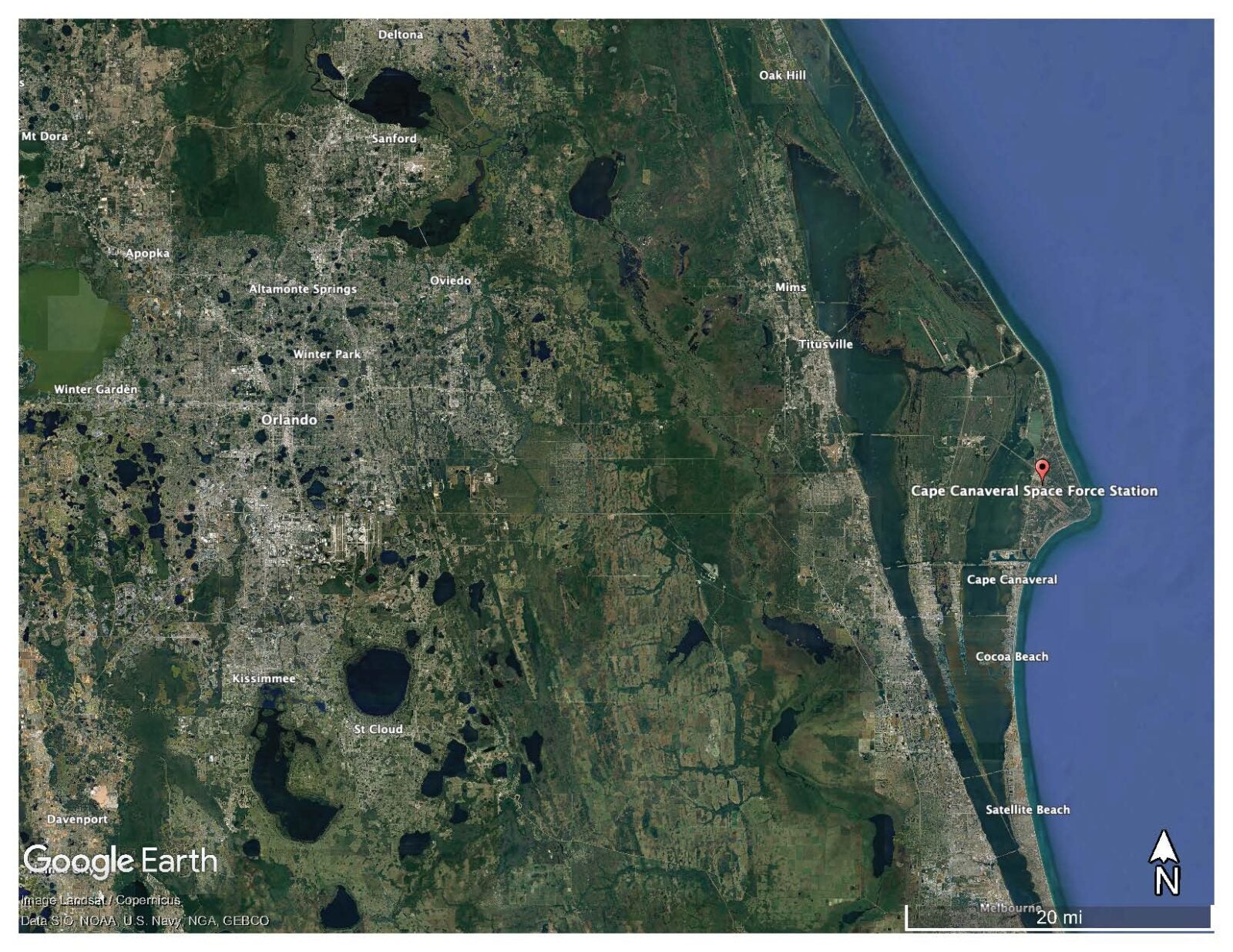
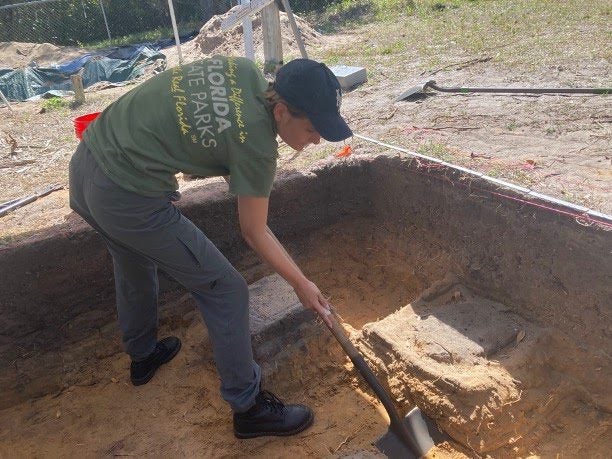
Students make significant contributions to the cultural preservation of archaeological sites at Cape Canaveral that are at risk due to climate change and related sea level rise.
Student research can be found in the UCF STARS Brevard County Archaeology Database.
Examples of Archaeological Investigations by CCAMP

Burns Site
Survey and excavations at the Burns Site (8BR85) located on the eastern bank of the Banana River is home to an Indigenous mound and occupation areas dating between AD 1050 and 1565. Evidence suggests Indigenous people here subsisted on local aquatic and terrestrial resources.
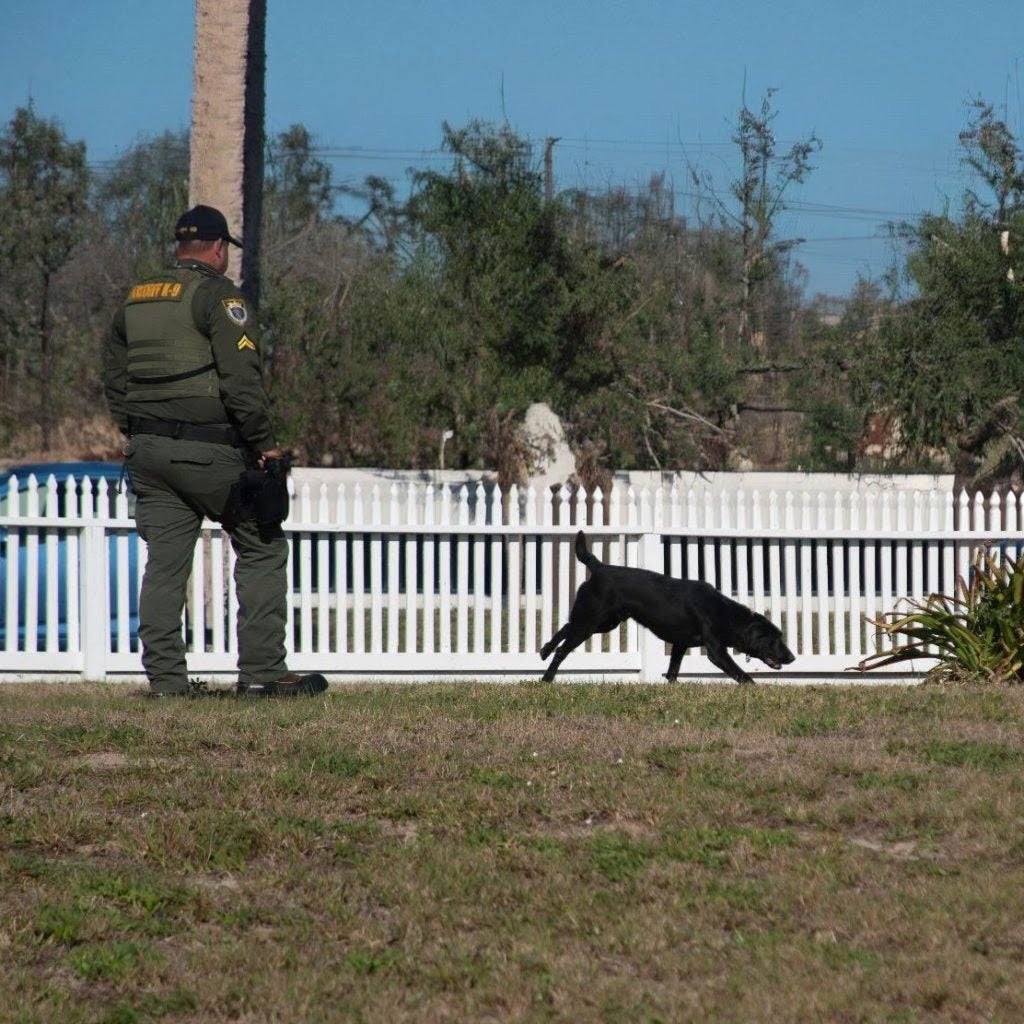
Historic Cemeteries
Cape Canaveral has several historic period cemeteries that students have surveyed to record unmarked historic burials, sometimes with assistance of cadaver dogs, and delved into historic sources to identify the people interred there. Students have also helped curate and clean headstones.
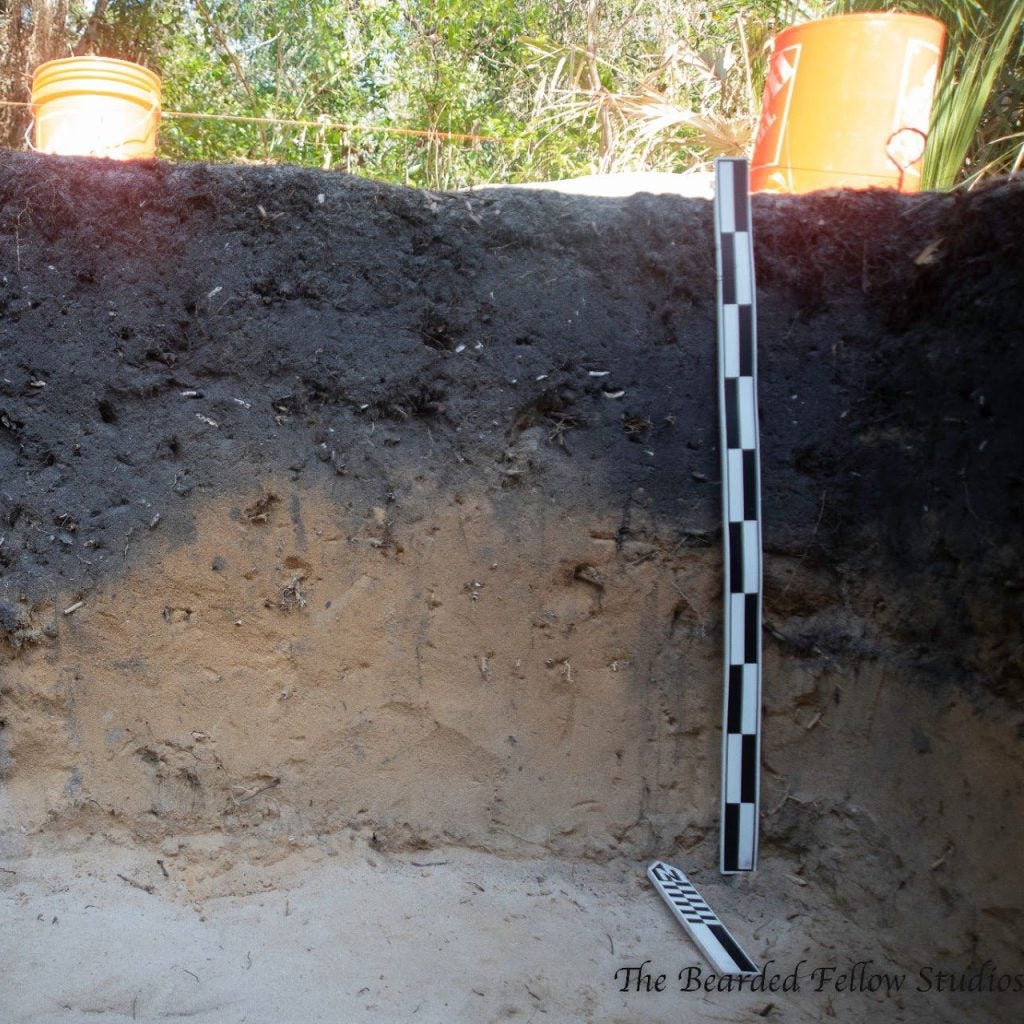
Penny Site
The Penny Site (8BR158) is an historic period homestead and cemetery that was built atop a prehistoric Indigenous settlement. The site’s name comes from the white settlers, the Penny family. But the Indigenous people lived here for almost a thousand years before European invasion.
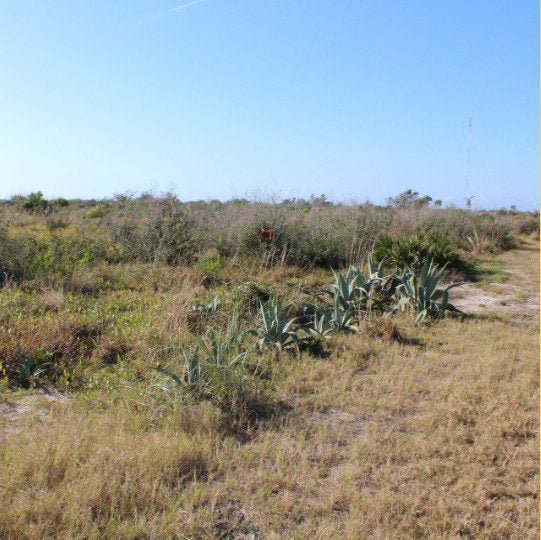
Hotel Site
The Hotel Site (8BR240) was the location of the Canaveral Harbor Inn that was adjacent to a fishing pier called the Canaveral Pier, both constructed in 1928, but later destroyed in the 1950s to make way for the space race. Century plants growing at the site are likely remnants of original landscaping for the hotel.
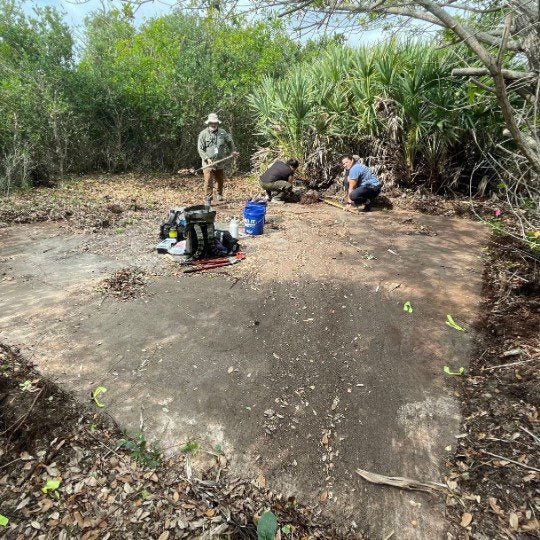
Bumper Blockhouse
CCAMP participants identified the original location of the blockhouse where Bumper 8 was launched. This is the site of the first rocket to launch from the Cape on July 24, 1950. Read more about it here.
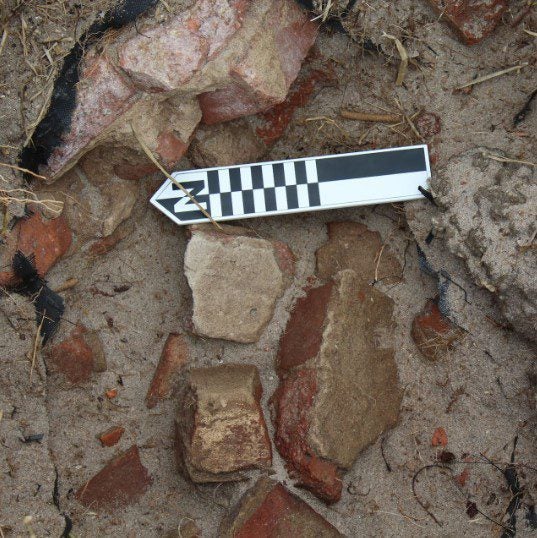
Lighthouse Site
The first lighthouse was built on Cape Canaveral in 1847-1848. This original structure was a brick tower nearly 20 meters tall, but sea captains were not impressed. A new lighthouse was constructed in 1865 with a Fresnel lens standing 44 meters tall. Later, beach erosion made it necessary to move the lighthouse inland. CCAMP participants located, mapped, and recorded the original location of the lighthouse.
